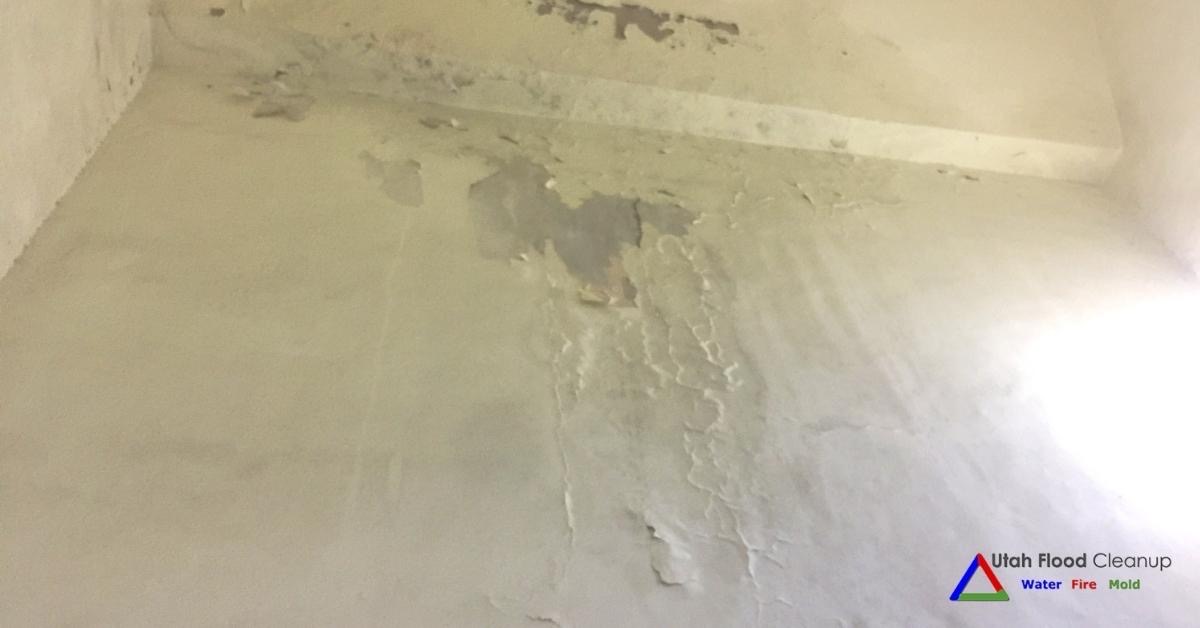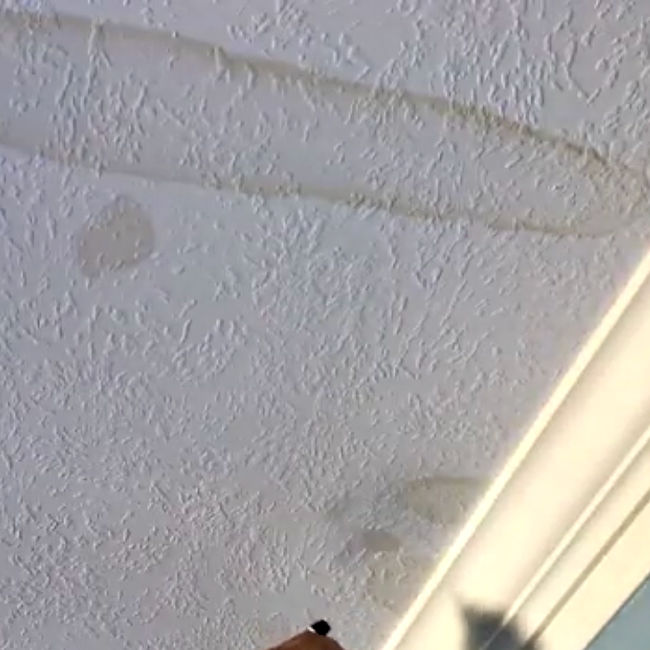Water Stain on Wall Surfaces - Assessment and Address Tips
Water Stain on Wall Surfaces - Assessment and Address Tips
Blog Article
How do you feel about Indicators of Water Damage Behind Walls?

Water spots on wall surfaces are not pleasurable to the eyes. Sometimes it appears virtually inescapable to experience water spots on wall surfaces in homes.
Property owners residing in moist regions frequently take care of the worry of water stains on walls. However that doesn't need to be the case for you. With accurate as well as all-round information on the reasons for water spots as well as prompt repair service procedures, you will always be an action ahead of such events. This post promises to be a practical overview for you.
3 Common Reasons For Water Spots on Wall Surfaces
In contrast to popular belief, water spots on wall surfaces do not constantly come from inadequate structure products. There are a number of root causes of water discolorations on walls. These consist of:
Moist
When hot damp air meets dry chilly air, it creates water beads to form on the wall surfaces of structures. When there is vapor from food preparation or showers, this takes place in bathrooms and cooking areas. The water droplets can tarnish the bordering walls in these parts of your residence as well as infect other areas.
Wet or condensation affects the roofing system and also walls of buildings. When the wall is damp, it develops an ideal atmosphere for the growth of microorganisms and fungi.
Poor Drainage
When making a building plan, it is important to guarantee appropriate water drainage. This will certainly prevent water from seeping right into the wall surfaces. Where the drainage system is clogged or nonexistent, below ground moisture accumulates. This web links to too much wetness that you discover on the walls of your structure.
So, the leading cause of damp walls, in this case, can be a poor water drainage system. It can likewise be because of bad administration of sewer pipes that run through the structure.
Pipeline Leaks
Many homes have a network of water pipes within the walls. This guarantees that the pipes are well away from the reach of damaging rodents. It constantly boosts the practicality of such pipes, as there is little oxygen within the walls. This prevents rust.
Yet, a drawback to this is that water leakage impacts the wall surfaces of the structure as well as triggers prevalent damage. An indication of damaged pipelines is the look of a water stain on the wall surface.
Pro Tip
A houseplant in your house likewise boosts its humidity. If the residence is already moist, you might want to present houseplants with very little transpiration. An example of suitable houseplants is succulents.
Water Spots on Wall: Repair Tips
Property owners would normally want a quick fix when handling water spots. Yet, they would quickly understand this is detrimental as the water discolorations reoccur. So, here are a couple of valuable suggestions that will direct you in the repair of water spots on walls:
Verdict
Although nobody wants to have water discolorations on walls in their house, it can take place to the most effective people. This write-up gives you leverage, as you currently recognize exactly how to handle this mishap if it does happen.
It is constantly best to hire specialist services to aid deal with the damages in your home.
Occasionally it seems practically inescapable to experience water stains on walls in homes.
In contrast to prominent idea, water stains on walls do not always stem from poor structure materials. There are numerous reasons of water stains on walls. The water beads can discolor the surrounding wall surfaces in these components of your house as well as spread to various other locations.
Right here are a couple of useful tips that will lead you in the repair work of water discolorations on walls:
How to Fix Water Stains On Walls
Water stains on walls aren’t something anyone enjoys to look at in their home. It might seem like an easy option to just paint over the stain, but it will take more than that. It’s very important to determine if there is an ongoing problem causing the stain, and fixing that before you go any further. If you don’t follow the steps, you could have more problems down the line.
Solve the Underlying Issue
Water stains on walls are a big sign of water damage. Seeing this is your signal to find out where the water could be coming from. Most likely this is due to a leak somewhere in your plumbing, but there could be other causes. These problems can be from somewhere outside your home as well. If you can’t determine where the leak is coming from, call your local plumber to find the leak and repair it.
Here are some common reasons water damage can occur:
Plumbing failures Construction failures Natural events Appliance failures Dry the Area
Once you’ve fixed the underlying problem, you need to make sure the area is completely dry. You can do this using dehumidifiers and fans. Place the dehumidifier on the highest setting in between two fans. Depending on how large the stain is, it can take hours to completely dry. Even if the wall only feels a little damp, it’s still important to fully complete the drying process. If you’re in count, go ahead and allow the fans and dehumidifier to run overnight.
Remove Loose Material
Water stains on walls may be covering more damage than what you can see. Use a painter’s knife or a putty knife to scrape away at any loose paint or material from the wall. If the damage is minor, you will just be scraping away at the layers of paint. If the damage is more prominent, you may need to scrape away deeper into the wall to remove all the damaged material.
Clean the Area With Bleach
Once you’ve removed all the damaged material and the water stains from the walls, use a bleach mixture to sanitize the area. If it’s not sanitized, it can lead to mold. Carefully wipe down the area to avoid letting bleach drip onto your floors or furniture. Make sure when you are cleaning the area to get into every crevice to ensure mold will not be able to grow. After you have done this, allow it to air dry completely before moving to the next step.
Repair the Wall if Needed
Now that the area is cleaned, it’s time to repair the wall. If you had to scrape away at more than just the paint on the wall, you will need to use drywall mud to fill in any cracks, dents, or crevices. Use your painter’s knife to smooth it over and let it dry. Use some sandpaper to sand it down to make it even with the wall. If you need to do a few layers, that’s completely fine. Just make sure to allow it to dry between each layer.
https://www.1tomplumber.com/how-to-fix-water-stains-on-walls/

I'm very eager about Water Stains on Walls and I hope you liked my blog post. Enjoyed our post? Please share it. Help other people check it out. Kudos for your time. Please visit our blog back soon.
Certified solutions offered. Report this page